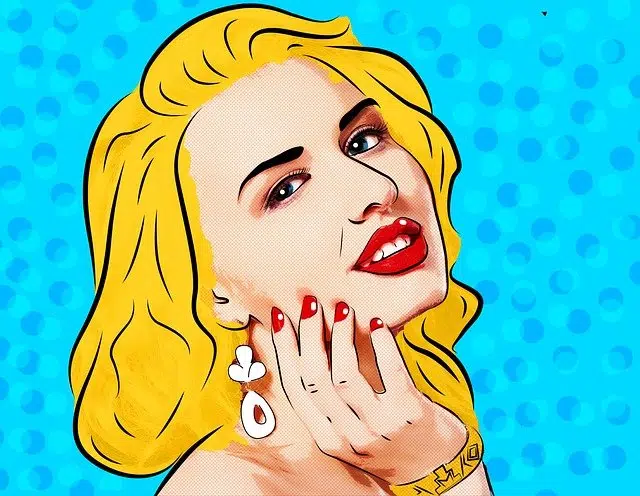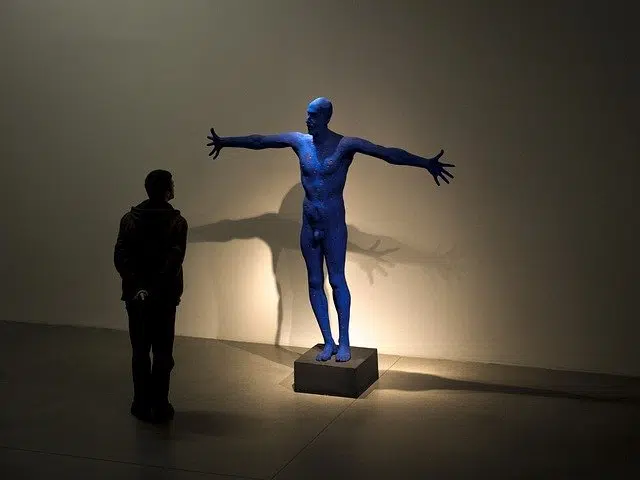
Pop art is part of contemporary art.
To define this concept we must clarify in advance the meaning of the terms that make it up: art and contemporary .
Art is a term that comes from a Latin word that refers to the creations of man to express his sensitive vision of the real or imaginary world through the use of plastic, sound or linguistic resources.
Contemporary is a word that refers to that belonging to or related to the time in which one lives. Those who lived in the second half of the 18th century , for example, were contemporaries of Wolfgang Amadeus Mozart , but not those who were born in the 20th century .
What is contemporary art
After this parenthesis we move on to define the unified concept. Contemporary art is defined as all artistic works produced in our time . Of course, this definition will depend on who pronounces it. The art produced in the 14th century was the contemporary art of the people living in the year 1300 .
The contemporary, however, can be understood in different ways. For some specialists, contemporary art is that which emerged in immediate history (in recent decades). For other experts, contemporary art is understood to be art developed after the Second World War ( 1945 ). A broader version of the notion extends contemporary art throughout the entire 20th century and there are even those who believe that contemporary art is what emerged in the Contemporary Age (which begins at the end of the 18th century ). This means that, depending on who uses the concept, there are certain variants that may appear around the date being talked about.
But surely the most generalized definition refers to contemporary art as that produced in the last century. We will thus find very diverse currents and styles that coexist; such as expressionism , cubism , dadaism , surrealism , pop-art and conceptual art , with references such as Henri Matisse , Pablo Picasso , Piet Mondrian , Marcel Duchamp , Salvador Dalí and Joan Miró .

Contemporary art can be seen in different museums around the world.
before and after
We must clarify, however, that these currents that emerged in the 20th century were the result of trends carried over from the 19th century. In fact, these new types of expression, Impressionism and Post-Impressionism, are considered starting points. From which the most prominent avant-gardes of the following century emerged: Fauvism, Futurism, Expressionism, Dadaism, Cubism, Constructivism, Surrealism and Neoplasticism.
At this point it must be said that among all these currents there are common elements in terms of ideology ; in that desire to innovate and give art a different space than it had had until then. However, it differs in the aesthetic purposes that each trend pursued.
Characteristics of contemporary art
Contemporary art was characterized by denying the past and seeking a form of expression that broke with everything proposed up to that point . They are no longer dedicated to imitating the great references of art, but rather to create new forms, to interpret starting from a space virgin where color and shape acquired powerful qualities.
What we can say is that things were not that way because you cannot create something absolutely detached from what is known: we build based on what we already know , we correct, we remake, always from what is known.
These aesthetic currents emerged before the Second World War and, after it, there was a new resurgence of contemporary art, led by new currents among which collecting is worth highlighting, thanks to which art becomes a work for speculation. Abstract Expressionism is also located in this era, which would close with the currents linked to Modernism. In the middle of the century there is a new change in society that will be reflected in a new way of creating, Postmodernity.
